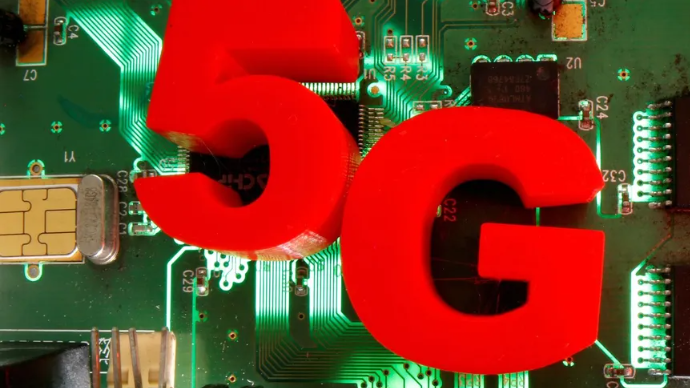
China is gearing up for the launch of local 5.5G network services, marking a significant development in the wireless communication market. Concurrently, Apple is actively engaged in the development of 6G network services.
China is collaborating with Huawei Technologies and China Unicom to expedite the implementation of 5.5G network technical standards. This initiative aims to enhance network speeds and facilitate the establishment of smart factories on a larger scale, contributing to a notable industrial transformation, as reported by the South China Morning Post.
The International 3GPP organization finalized the global communication standards for 5.5G networks in 2021. The anticipated final version, known as “Release 18,” is expected to be introduced in the first half of the coming year. Song Shaodi, the marketing director of Huawei’s communications network services, highlighted that international suppliers will need to prepare and adjust their products to align with the new 5.5G network standards when they become operational next year.
The forthcoming 5.5G generation promises exceptionally high speeds and performance, with data transfer speeds expected to reach 10 gigabits per second, a significant improvement compared to the 1 gigabit per second achieved with the current 5G generation. This advancement will also substantially reduce data transfer latency rates and optimize the performance of Internet of Things (IoT) networks, thereby boosting the efficiency of industrial production lines.
China has already deployed over 3 million 5G base stations, providing services to approximately 750 million users and supporting 17,000 factories.
Simultaneously, although Apple has yet to develop its modem chip for 5G networks, the company is actively recruiting engineers to work on modem chips that will support 6G mobile services. Apple’s recent job listing seeks a cellular platform modem design engineer responsible for leading and organizing the design and architecture of 6G chips.
This recruitment effort underscores Apple’s strategic commitment to developing its modem chips, currently relying on Qualcomm for 5G. It signals Apple’s determination to advance in the 6G network sector, despite encountering some challenges.
Leave a Reply